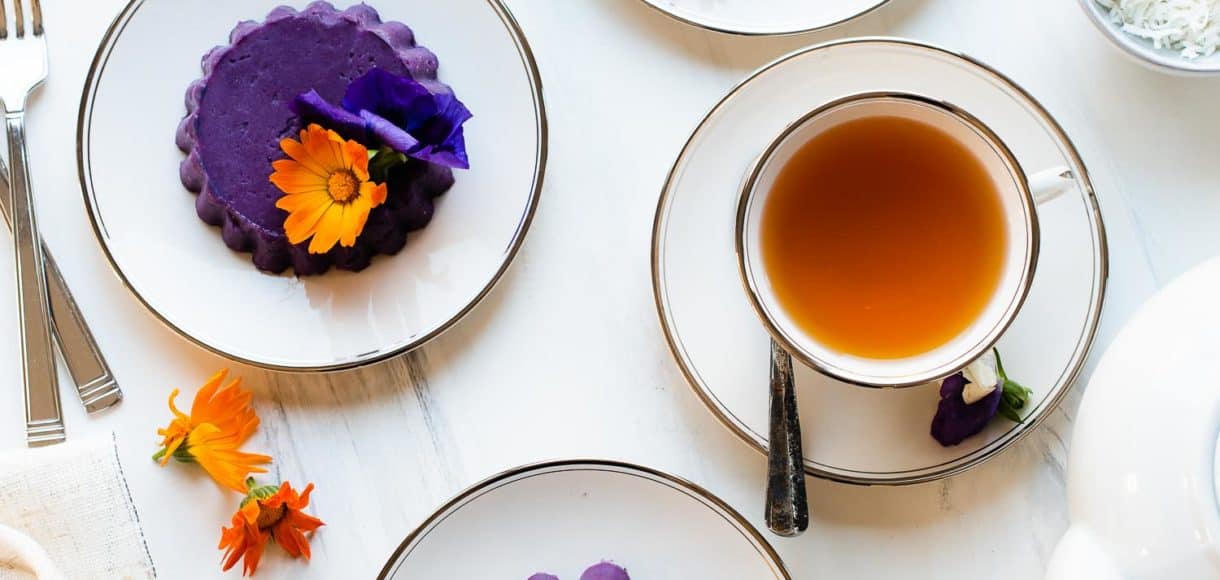
Ube Halaya (Filipino Purple Yam Jam)
Ube Halaya is a classic dessert in the Philippines, a sweet pudding-like jam made with grated purple yam and sweet coconut milk! Enjoy it by the spoonful or mold them into pretty cakes!
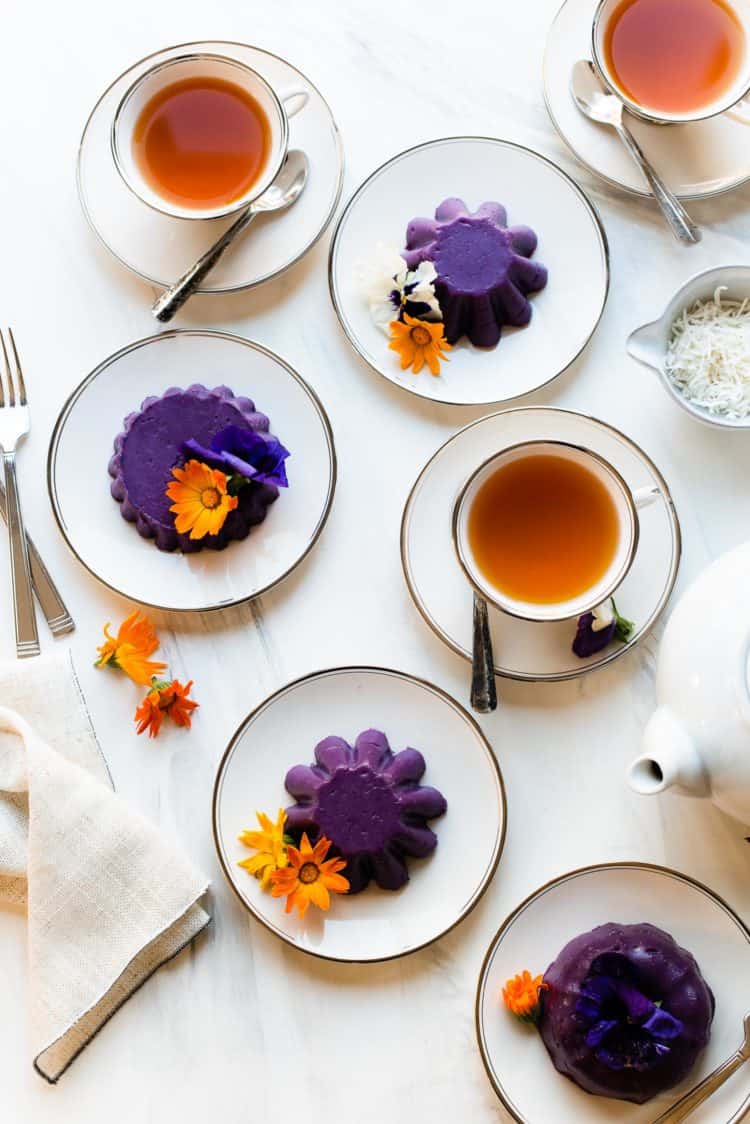
If you love coconut and ube, you must try Ube Halaya! This classic dessert in the Philippines is a sweet pudding-like jam made with grated purple yam and sweet coconut milk, and molded into custard-like cakes.
“Ube Halaya is the flavor I get at Boba Guys!” my daughter exclaimed when she came home to find the little cakes chilling in the refrigerator. “Can I have one now? Please?”
I still had not photographed the final images, so I hurried to check if they had set…and I had to find out more about the ube boba drink, since all my attempts to go to Boba Guys are met with disappointing long lines. Since I never make it to the menu board, I had no idea that their version of an ube bubble tea was named after a traditional Filipino dessert!
Made to wait as I unmolded the desserts, she had a follow-up question: “Why do you keep pronouncing it “oo-beh ha-la-YAH?”
“Because that’s how you say it, with the emphasis on the ‘ya!’ Why? How do you say it?” I asked back. “Ha LAY yah,” she insisted this was the correct pronunciation. I gently explained it was not.
The good news is this: not matter how your pronounce it, ube halaya is a deliciously simple dessert that you must try!
WHAT IS UBE HALAYA?
Ube Halaya is a classic dessert in the Philippines, a sweet pudding-like jam made with grated purple yam and sweet coconut milk. While some recipes call for condensed milk, butter, and in some cases, cheese, this easy, traditional vegan ube halaya recipe simply calls for three ingredients: grated ube, coconut milk, and sugar. Also known as ube jam and halayang ube, the word halaya derives from the Spanish word jalea for jam or jelly, and while you can spread it on bread and toast, most ube halaya is cooked until it is firm enough to mold into a custard-like cake.
Making ube halaya is really quite simple, especially with this pared-down recipe, but the only thing it requires is a little bit of patience and stirring on the stovetop, just like making a thick pudding. I like using an immersion blender – for one, it gives the ube a smoother, creamier consistency, and secondly, it gives my arm a bit of a break when the halaya gets thick.
The cakes are usually simply molded in one large dish, chilled, then sliced to serve, but I love molding them in pretty, individual servings, using miniature tart pans, bundt cake molds, and brioche molds.
Ube halaya can be enjoyed as cakes much like you would enjoy leche flan, but you can also use them in a lot of other desserts, such as halo-halo, a filling for coconut ube rolls, or like in my daughter’s favorite boba drink!
WHAT IS UBE?
Ube (pronounced “oo-beh”) is a purple yam species in the Philippines, a tuberous root vegetable. Purple yam is used in Filipino sweets and desserts and can be found fresh, frozen and in powder form. You can even find ube extract! From ice cream to cakes, doughnuts and jam (ube halaya), ube is extremely versatile and gaining popularity in the United States.
WHAT IS THE DIFFERENCE BETWEEN UBE, TARO AND BENE-IMO?
Are ube, taro and bene-imo (Okinawan sweet potato) the same?
No.
Each one is different, although here in the US, they are often labeled interchangeably. Here are the key differences between ube, taro and bene-imo:
Ube is a purple yam most often used in the Philippines (and Hawaii) in desserts. Ube has purple to brownish skin and purple flesh. It’s often found frozen stateside, but either fresh or frozen grated ube is used in everything from ube halaya (ube jam) to sweet ube bread and ube ice cream!
Taro is a root vegetable (known as gabi in the Philippines), that is found in recipes all across Asia. You can find it as a flavor in boba milk tea, as a filling in taro buns, and more. Fresh taro has a brown outer layer, but the inside of the root is white or very light lavender, sometimes with streaks of purple. Food coloring is often used to enhance the hue.
Bene-imo is a purple Okinawan sweet potato, the peel can be white or brown, but the inside is a deep purple color. It is used in a wide variety of sweet and savory dishes in Japan and Hawaii — and perhaps the most popular of the three to adapt to American dishes such as sweet potato pie.
Ube Halaya (Filipino Purple Yam Pudding)
Ingredients
- 16 oz frozen grated ube purple yam (pre-boiled)
- 14 oz coconut milk
- 2 oz water
- 1 cup granulated sugar to taste, add more if you prefer it sweeter
- coconut oil for brushing molds (and adding sheen, optional)
Instructions
- In a saucepan, stir the sugar, coconut milk, water, and ube and bring to a boil over medium heat. Lower heat and use an immersion blender to smooth the ube. If you don't have an immersion blender, don't worry, it will still be delicious.
- Stir constantly, scraping down the sides of the pan, until it is thick - this should take about 40 minutes. The longer you cook the halaya, the thicker it will be, so use your preference when it comes to consistency. See notes below. Remove from the heat.
- If you prefer your ube halaya to have a glossy sheen, stir in about a teaspoon of coconut oil, but I usually omit this.
- When the halaya is done, you can either transfer it to a jar, or mold them into a cake(s). To mold the ube halaya, lightly grease your molds or dish with coconut oil. Spoon into the molds, smooth the tops and cover with plastic wrap. Refrigerate for at least one hour to cool completely. You can serve immediately or chill overnight.
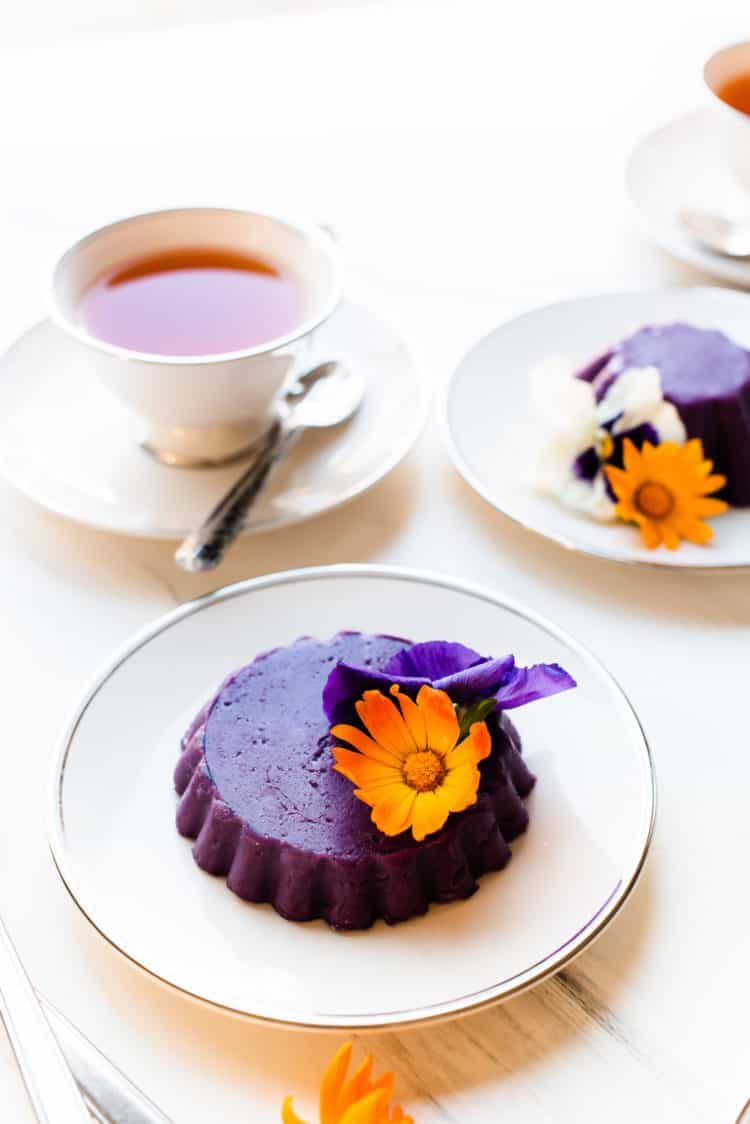
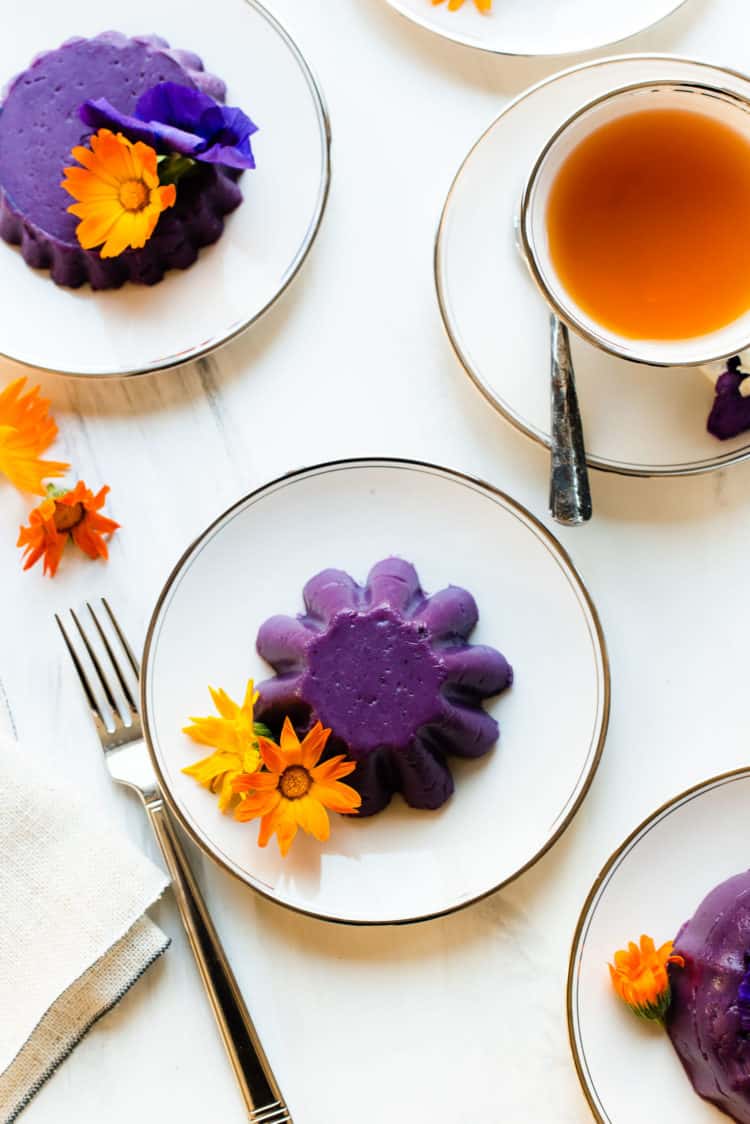
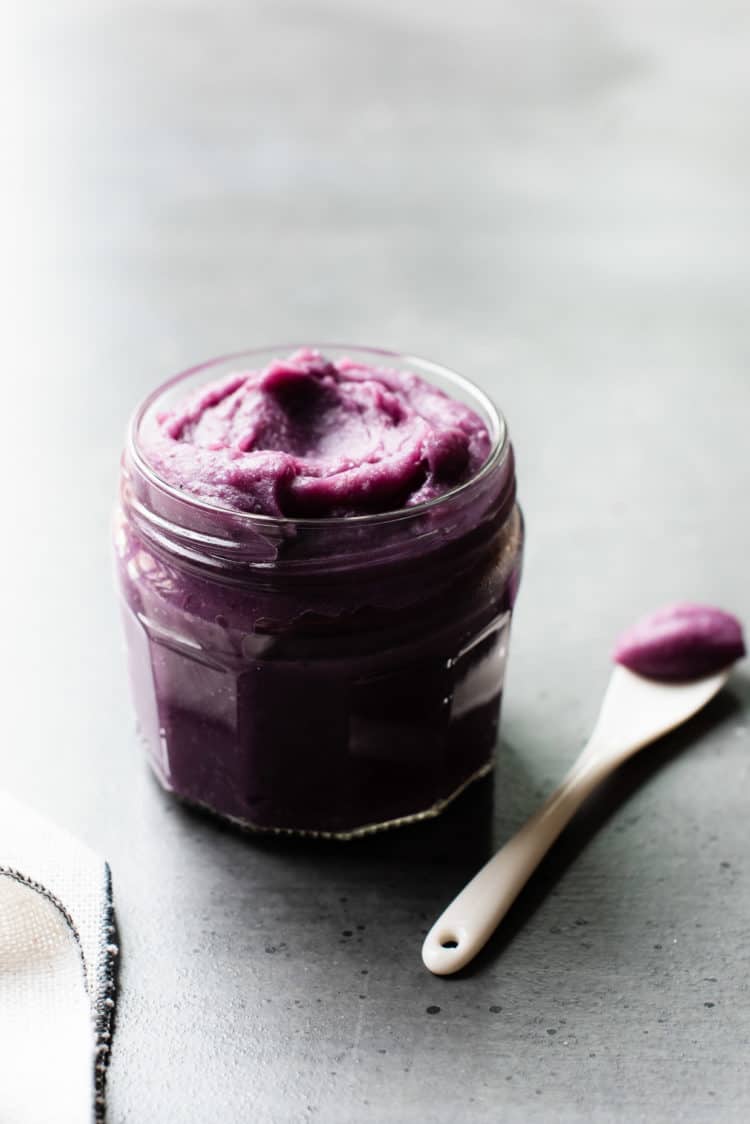
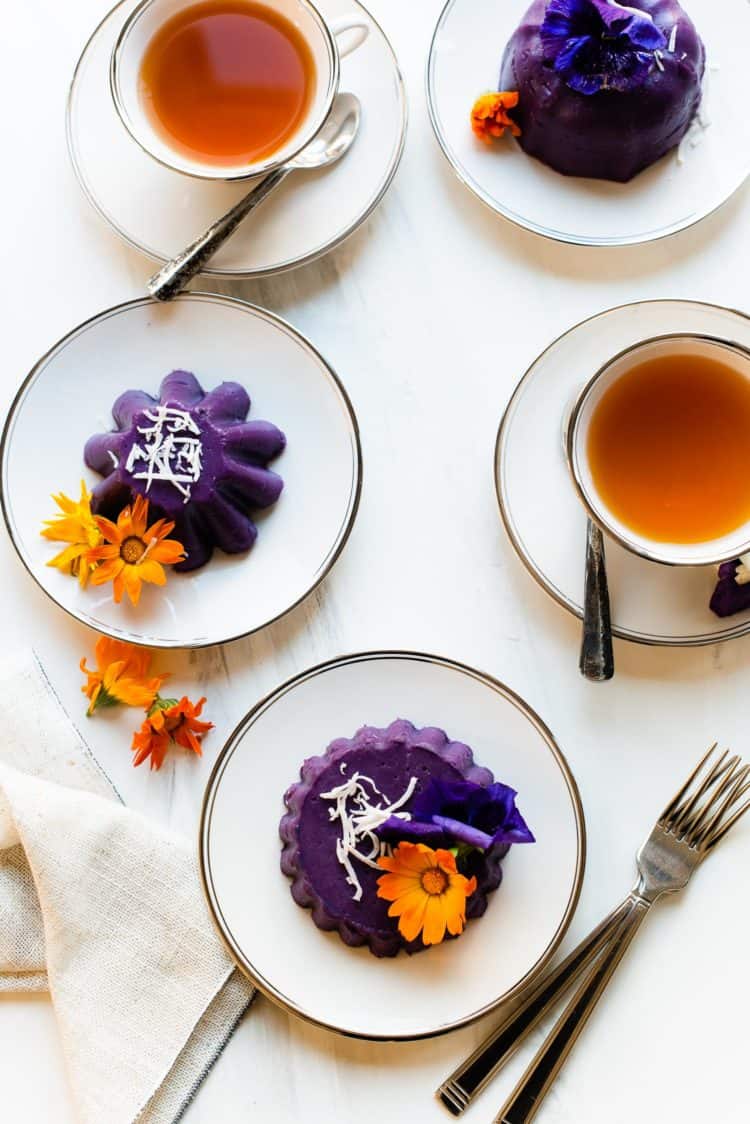
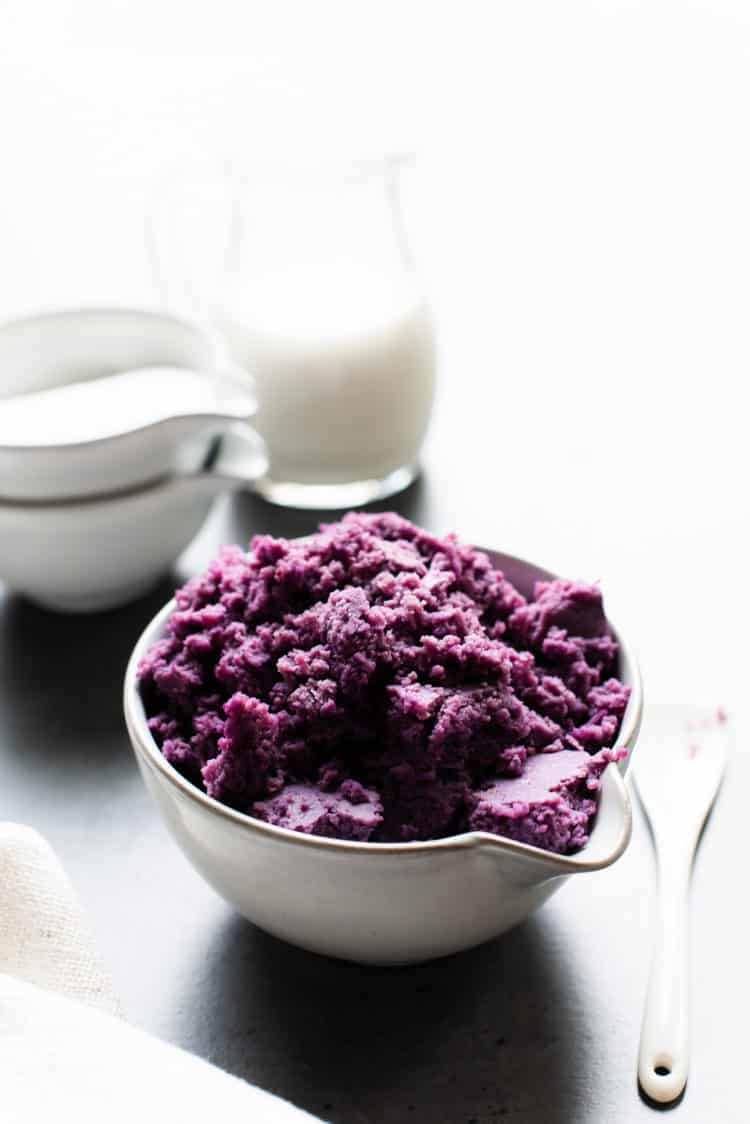
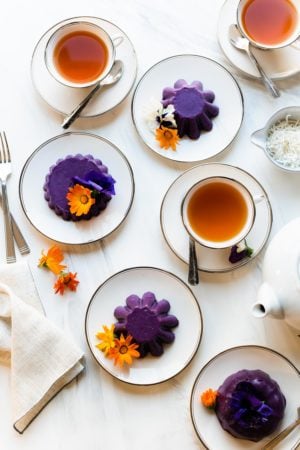




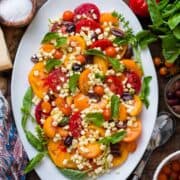


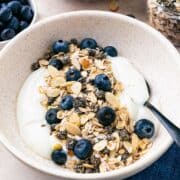

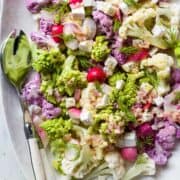

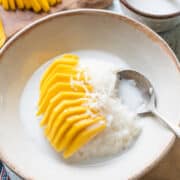



Hi! How would you make this with fresh ube? Would you grate it raw or cook it first?
Hi Karen! If you are working with fresh ube, you will need to cook it first. Boil the ube for 35 minutes, peel, and grate. You may also need to cook the ube halaya longer; add about 10 minutes more to your total cooking time. I’ve updated the recipe card to include this information in the Notes. Thanks!
Hello. If I want a pure ube flavor, is it okay to switch out the can of coconut milk for evaporated milk?
Hi Tram, great question! I personally would keep the coconut milk — if you want to really emphasize the ube flavor, you can add a few drops of ube extract. Hope that helps!
Hi! I was wondering what kind of coconut milk should be used for this recipe. Full fat or skimmed?
Full fat works great in this recipe, Bo.
Hi! I was hoping to make more of a jam but was curious, how long will this stay good for in the refrigerator if i used it as a jam?
Hi Jasmine, when I make this it doesn’t last long at my house, but I would estimate that it should be good for 3-5 days in the refrigerator. I have seen other recipes that say up to a week, but I always feel that when working with coconut, it’s better not to keep things that long. I hope this helps!
what a fun, colorful way to entertain (even entertain yourself) with such a creative dessert, thank you, had not ever heard of this before
Thank you, Sabrina! I hope you get to try it!